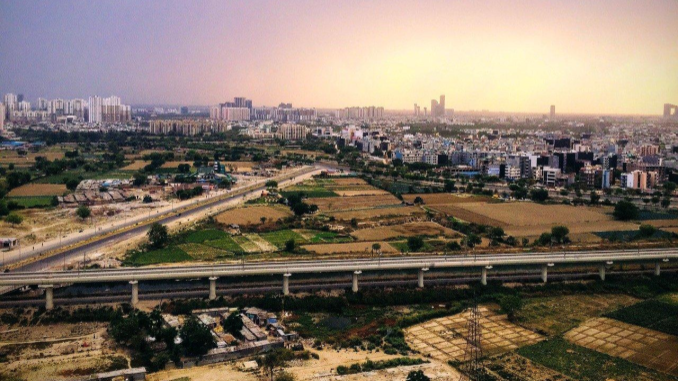
Overview:
Chandigarh is set to enhance its urban mobility with its own metro rail service, connecting it with Panchkula and Mohali. Approved by the Union Ministry of Housing and Urban Affairs, the Tricity Metro aims to alleviate the significant traffic challenges in these areas, improving commute times and quality of life for residents. The project, unfolding in two phases, underscores a significant stride towards urban development and connectivity in one of India’s leading cities.
Planning and Approval:
The comprehensive mobility plan (CMP) by RITES, adhering to MoHUA’s Metro Rail Policy, paved the way for this project’s approval. Subsequent discussions led UT authorities to align the Alternate Analysis Report (AAR) and Detailed Project Report (DPR) with national standards, ensuring endorsement by the UMTA/State government before federal submission.
Historical Context:
Initiated in 2009, the Chandigarh Metro faced several hurdles, including opposition in 2014 and a rejection by the Home Ministry in 2017, which led to a temporary pause. Revived in August 2021, after recognizing the escalating traffic woes, the project saw a re-proposal in March 2023. This time, with adjustments suggested by Punjab and Haryana, the Chandigarh administration granted final approval, marking a pivotal moment for the project’s advancement.
Project status:
Approval and Funding:
Received approval in 2023; funding shared by Punjab and Haryana (20% each), the Central Government (20%), and the Lending Agency (60%). Work is expected to begin in March 2024 post-DPR and AAR completion.
Project Phases and Timeline:
Phase 1: Spanning 2027-2037, covering 89 km.
Phase 2: To commence post-Phase 1 completion, adding 25 km to the network.
Budget: Estimated at Rs. 11,000 crore, encompassing both phases.
Authority Approval: Sanctioned by the UT administration, Punjab, and Haryana State Governments.
Project Scope:
| Phases | Phase-I and Phase-II |
| Corridors | 5 |
| Lines | 2 |
| Trains | 26 |
| Total Coaches | 104 |
| Project Length | Total 114 km (89 km in Phase 1 and 25 km in Phase 2) |
Recent Recommendations and Updated Project Scope:
Significant suggestions from Punjab and Haryana include introducing a new MRTS route in Phase-II and modifications to Phase I corridors to better serve the Panchkula region. These recommendations led to an expanded scope for Phase I, increasing its length from 66 km to 89 km.
Impact:
The Chandigarh Metro is anticipated to substantially improve local transportation, offering seamless access to key transport nodes and reducing traffic congestion. Its development is poised to uplift property values, stimulate urban growth, and enhance the quality of life for residents and business commuters alike. The project underscores the potential for metro connectivity to transform real estate dynamics, offering lucrative opportunities for investors and developers.
Conclusion:
The Chandigarh Metro project heralds a new era in urban infrastructure, promising enhanced mobility, urban development, and a sustainable future for the Tricity region. As this visionary project progresses, it is expected to catalyse significant economic and lifestyle benefits, marking a milestone in the city’s evolution as a modern urban centre.
Image Credit (representational): Pixabay

